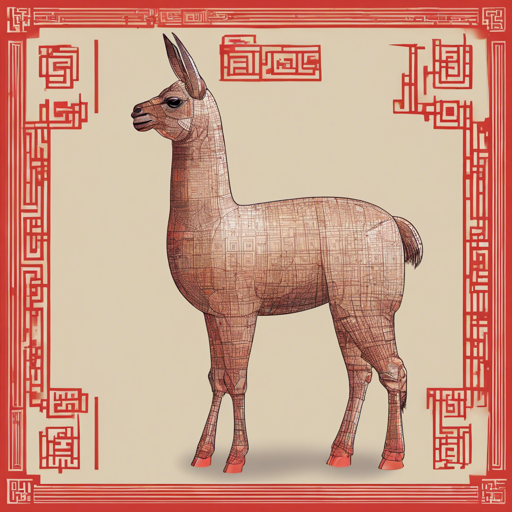The Chinese LLaMA 2 7B model is a powerful conversational AI that enables developers to harness the capabilities of AI in the Chinese language. In this guide, we will explore how to set up and implement this model, along with additional troubleshooting tips. Let’s dive in!
Step 1: Clone the Repository
To begin using the model, you need to clone the repository from GitHub. Here is the command you should use:
git clone https://github.com/LinkSoul-AI/Chinese-Llama-2-7b.gitStep 2: Set Up Your Environment
It’s important to set up your environment properly. You can use Docker to create an isolated environment for LLaMA. Use the following commands:
docker build -t linksoul/chinese-llama2-chat .
docker run --gpus all --ipc=host --ulimit memlock=-1 --ulimit stack=67108864 --rm -it -v $(pwd):/app LinkSoul -p 7860:7860 linksoul/chinese-llama2-chatStep 3: Implement the Model in Python
To leverage the capabilities of the Chinese LLaMA 2 7B model in your application, you need to implement it in Python. Here’s a breakdown with an analogy:
Think of loading this model like assembling a high-end audio system. You have your speakers (the model), the amplifier (the tokenizer), and the music source (the input data). Just as each component needs to be connected properly to create an excellent auditory experience, the model components need to be implemented in harmony to give you the best conversational AI experience.
from transformers import AutoTokenizer, AutoModelForCausalLM, TextStreamer
model_path = 'LinkSoul/Chinese-Llama-2-7b'
tokenizer = AutoTokenizer.from_pretrained(model_path, use_fast=False)
model = AutoModelForCausalLM.from_pretrained(model_path).half().cuda()
streamer = TextStreamer(tokenizer, skip_prompt=True, skip_special_tokens=True)
instruction = "[INST] SYSnYou are a helpful, respectful and honest assistant. Always answer as helpfully as possible.…"
prompt = instruction.format("When is the best time to visit Beijing, and do you have any suggestions for me?")
generate_ids = model.generate(tokenizer(prompt, return_tensors='pt').input_ids.cuda(), max_new_tokens=4096, streamer=streamer)Troubleshooting Tips
- Model Not Loading: If the model fails to load, ensure that all dependencies are properly installed. You can install the necessary libraries with:
pip install transformers - Memory Issues: Running into CUDA memory issues? Try reducing the batch size or using a model with lower resource requirements.
- API Not Responding: If the API is unresponsive, check that it is being run on an appropriate port as indicated in the Docker command.
- For more insights, updates, or to collaborate on AI development projects, stay connected with fxis.ai.
Conclusion
With the steps outlined above, you should be well on your way to harnessing the power of the Chinese LLaMA 2 7B model for your projects. Experiment with it and see how it can enhance your applications!
At fxis.ai, we believe that such advancements are crucial for the future of AI, as they enable more comprehensive and effective solutions. Our team is continually exploring new methodologies to push the envelope in artificial intelligence, ensuring that our clients benefit from the latest technological innovations.

